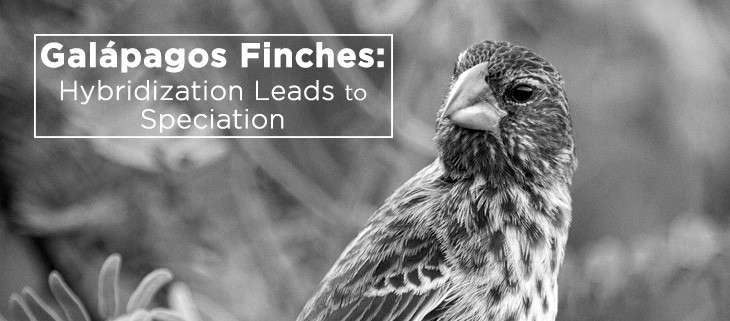December 4, 2024
The Ebiil Society: Champions of Palau
Ann Singeo, founder of our partner organization the Ebiil Society, shares her vision for a thriving Palau and a flourishing world of indigenous science!
We use cookies to help you navigate efficiently and perform certain functions. You will find detailed information about all cookies under each consent category below.
The cookies that are categorized as "Necessary" are stored on your browser as they are essential for enabling the basic functionalities of the site. ...
Necessary cookies are required to enable the basic features of this site, such as providing secure log-in or adjusting your consent preferences. These cookies do not store any personally identifiable data.
Functional cookies help perform certain functionalities like sharing the content of the website on social media platforms, collecting feedback, and other third-party features.
Analytical cookies are used to understand how visitors interact with the website. These cookies help provide information on metrics such as the number of visitors, bounce rate, traffic source, etc.
Performance cookies are used to understand and analyze the key performance indexes of the website which helps in delivering a better user experience for the visitors.
Advertisement cookies are used to provide visitors with customized advertisements based on the pages you visited previously and to analyze the effectiveness of the ad campaigns.
Our new online shop is live!

Speciation is an evolutionary process in which small genetic changes lead to an entirely new species. For the first time, researchers have been able to watch this process unfold in the field. Normally this process happens over such a long time scale that it would be extremely difficult to witness and record. Darwin’s Galápagos Finches are already known for speciation that occurred long ago, but now excitement is rising over a new species of Finch that has just evolved.
Researchers have been studying a population of Galápagos Finches on a small island called Daphne Major for years to observe speciation. In 1981, a male Large Cactus Finch, a species from Española and non-native to the island, appeared and began to mate with native Medium Ground Finches. To the researchers’ surprise, these offspring were fertile. Now, after almost 40 years the population has grown. Professor Roger Butlin explained:
It’s an extreme case of something we’re coming to realise more generally over the years. Evolution in general can happen very quickly.

Now the population has reached approximately 30 individuals from that one Large Cactus Finch 40 years ago. The Cactus Finch, native to Española, would have had to fly 65 miles to reach Daphne Major. The new population has been nicknamed the “Big Bird population” for their large size relative to the native finches.
One of the even more surprising finds came when researchers ran genetic testing on the Big Bird population to see if they truly were a different species. They found the species had not bred with any of the other finches on the island, due to the difference in mating calls, and has resulted in reproductive isolation. Professor Leif Andersson of Sweden’s Uppsala University commented:
The surprise was that we would expect the hybrid would start to breed with one of the other species on the island and be absorbed…we have confirmed that they are a closed breeding group.
The hybridization caused by a lone bird almost 40 years ago has now created a large and rapidly evolving species, showing the forces of natural selection beyond random mutation. It is unclear what effect this will have on Daphne Major’s ecosystem–only time will tell.
Featured Photo: Medium Ground Finch (Geospiza fortis). Credit: Tommy Hall/Island Conservation
Source: BBC
Check out other journal entries we think you might be interested in.
Notifications